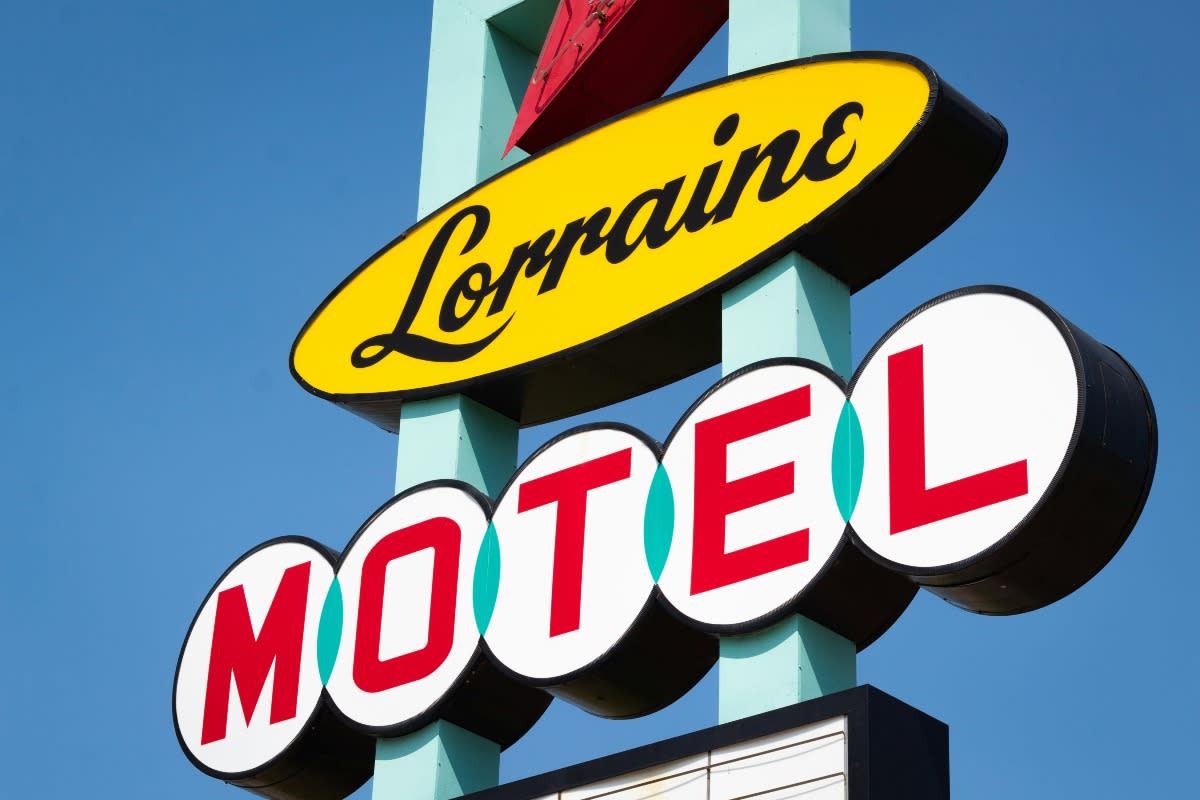Negro Motorist Green Book Stays You Can Visit Today

- Oops!Something went wrong.Please try again later.
Traveling through the United States during the Jim Crow era was fraught with difficulties for Black Americans. Discriminatory laws and racial prejudice often made finding safe lodging and services a problematic endeavor. Then, the Negro Motorist Green Book arrived.
The book was a travel guide published from 1936 through the 1960s by New York City mailman Victor Hugo Green. It listed businesses including stays that welcomed Black travelers, offering hope and security. Today, some of these lodgings are still places where you can rest your head, while others are cultural sites steeped in history and rich with stories.
The Magnolia House – Greensboro, North Carolina
Built in 1889, The Magnolia House has been restored and operates as a bed and breakfast. The hotel was initially listed as a welcoming accommodation in the Green Book from 1955 to 1961. Visitors can stay in rooms named after famous guests, including James Brown and Ray Charles, and experience a slice of history with modern comforts.
The Hampton House – Miami, Florida
The Hampton House was once a glamorous spot that hosted Black celebrities like Muhammad Ali and Sam Cooke, who were barred from Miami Beach hotels. Today, it is a cultural center and museum hosting historical tours, cultural events, and educational programs. While it no longer operates as a motel, its doors are open to explore the narratives of its past.
The A.G. Gaston Motel – Birmingham, Alabama
A pivotal site during the Civil Rights Movement, the A.G. Gaston Motel was a meeting place for leaders like Martin Luther King Jr. and Ralph Abernathy. A recent recipient of restoration funding, the motel is part of the Birmingham Civil Rights National Monument. Although it may not be in use as a motel, it is a must-visit for history buffs and those interested in the Civil Rights Movement.
The Lorraine Motel – Memphis, Tennessee
Perhaps one of the most famous locations in Civil Rights history, the Lorraine Motel was the site of Dr. Martin Luther King Jr.’s assassination in 1968. Today, it houses the National Civil Rights Museum, an immersive experience of the struggle for equality. Even though it’s impossible to spend the night here, it is an absolute must-see for everybody passing through Memphis.
Hotel Theresa – New York City, New York
Hotel Theresa, known as the “Waldorf of Harlem,” was one of the most popular stays where prominent figures like Malcolm X, Fidel Castro, and even John F. Kennedy engaged with the community. Despite its transformation from a hotel, you may still feel the vibe of that period when you pass by this Harlem landmark.

